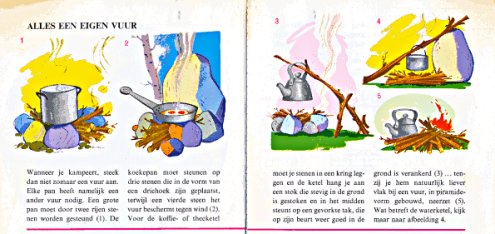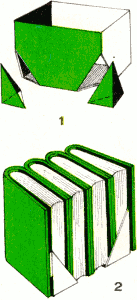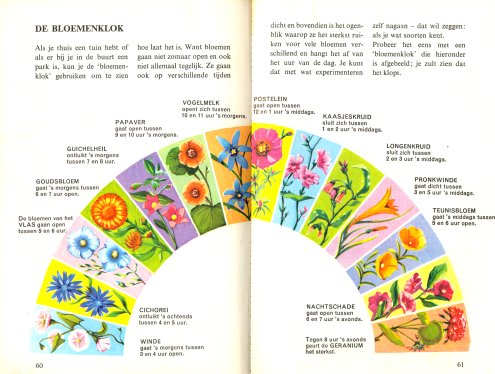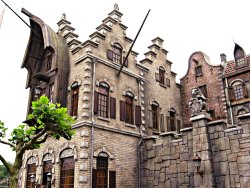
As of today, The Netherlands has become the exclusive test market for the new Disney streaming service, unadventurously called Disney+. The country will be able to enjoy the new service for free until November 11, after which ‘The House of Mouse’ will charge 6,99 euro a month for it. On November 12, it will also be made available in the United States and will have more productions added to it. Other countries in North America, Europe and the rest of the world will surely follow.
People in The Netherlands can also watch their Disney favourites on Android and iOS devices as well as PS4 and Xbox One. According to the screenshots we’ve seen on Twitter (see screenshot), Disney+ is offering Marvel films (Avengers’ Endgame will only be available in December), Star Wars (all the films including Solo and The Last Jedi – a big deal because the first films are not Disney productions), Pixar and National Geographic.
Although all in English, some of the productions also have Dutch audio. No other languages are available yet. By testing Disney+ first in the Netherlands, Disney wanted to weed out issues, which sounds more like beta testing. According to one Dutch journalist on Twitter, the search function does not work, and I agree after having seen the screenshot of random suggestions, based on two or three letters, not even in the right order.
Reactions are mixed, but quite positive, ranging from ‘Why do I have to pay for another streaming service?’ [you don’t, but North Americans pay for many services for the same shows we all get on Netflix], ‘If I buy this for my youngest son for his birthday, I’ll be spending more money on him than my other two kids and that’s a dilemma’ to ‘I don’t need a bunch of remakes’ and ‘it’s all Disney princesses anyway’.
Free is always nice, but the true test is who will stay on after it’s no longer free.
(Link: nu.nl)


 In the pre-internet age such bottomless founts of knowledge were a popular fantasy. The most famous among them being the Hitchhiker’s Guide to the Galaxy, which appears in the novel of the same name by Douglas Adams, and the Memex device by Vannevar Bush, which is widely credited as being the precursor of the World Wide Web. (An early version of the web was called Enquire, after the book about everything,
In the pre-internet age such bottomless founts of knowledge were a popular fantasy. The most famous among them being the Hitchhiker’s Guide to the Galaxy, which appears in the novel of the same name by Douglas Adams, and the Memex device by Vannevar Bush, which is widely credited as being the precursor of the World Wide Web. (An early version of the web was called Enquire, after the book about everything, 
